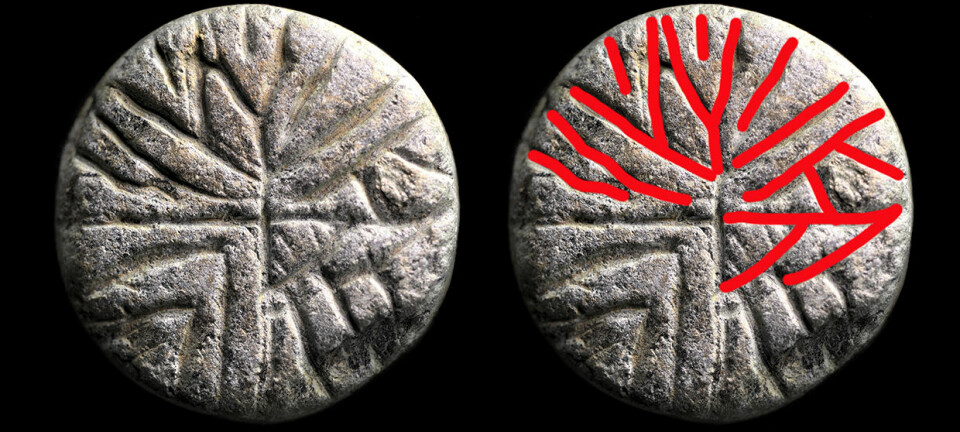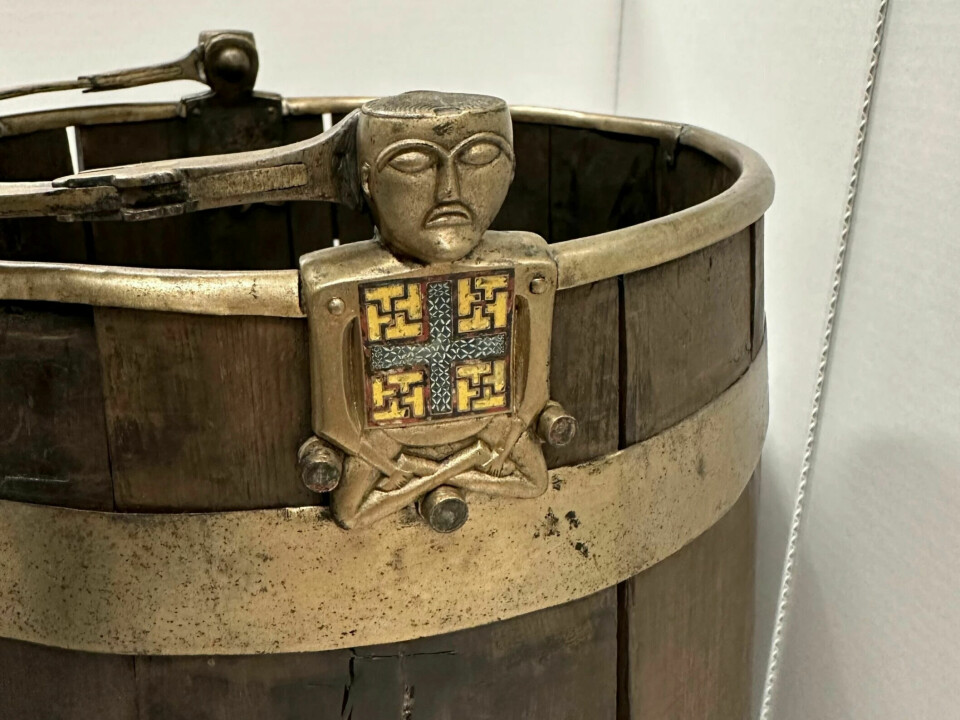
This bucket remained buried in a Viking grave for 1,000 years, but is in excellent condition
The figure on the bucket looks like a Buddha, but is from an ancient Celtic death ritual. It then ended up in a Norwegian Viking grave.
When the Oseberg Viking ship was discovered in a burial mound in 1904, it had been flattened by stone, earth, and the passage of time. The objects and the ship were broken into thousands of pieces.
The bucket, however, was in good condition.
“It had slightly lost its shape. The bottom had been pushed out, but otherwise, it was remarkably well-preserved,” Hanne Lovise Aannestad tells sciencenorway.no.
She is an archaeologist at the Museum of Cultural History in Norway’s capital Oslo.
“The bucket resembles something you could buy in an antique store today, but it has indeed been buried for a thousand years,” she says.
The bucket was crafted from yew wood, known for its durability. The figure and the band that holds the bucket together are made of bronze.
Within the burial chamber constructed atop the ship, two women were interred along with the bucket. It might have been particularly valuable.
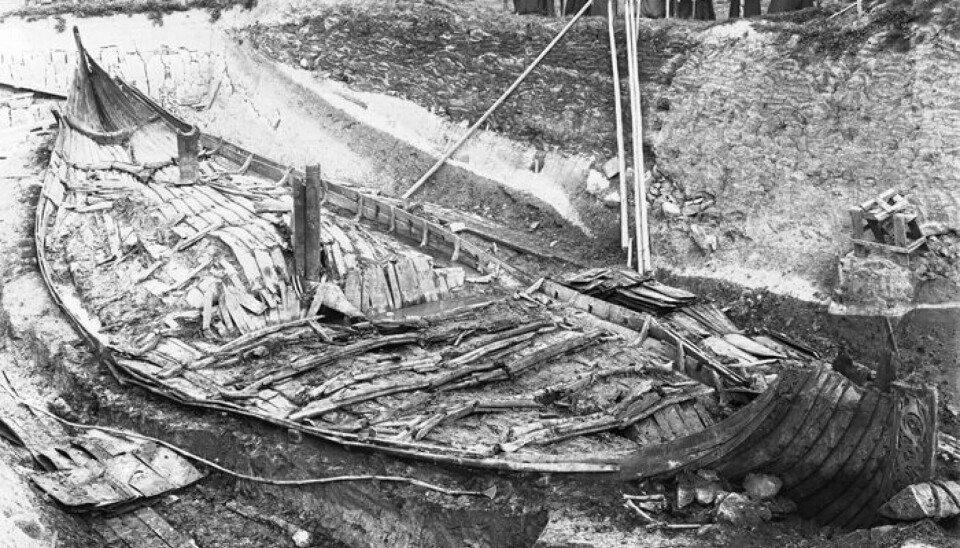
"But it's a Buddha"
When archaeologist Gabriel Gustavsen found it, he exclaimed, "It's a Buddha!"
The figure is seated in the lotus position and may bear some resemblance to a Buddha.
“We still call it the Buddha bucket. It’s a little unfortunate that this name has stuck because the figure has no connection to Buddhism,” Aannestad says.
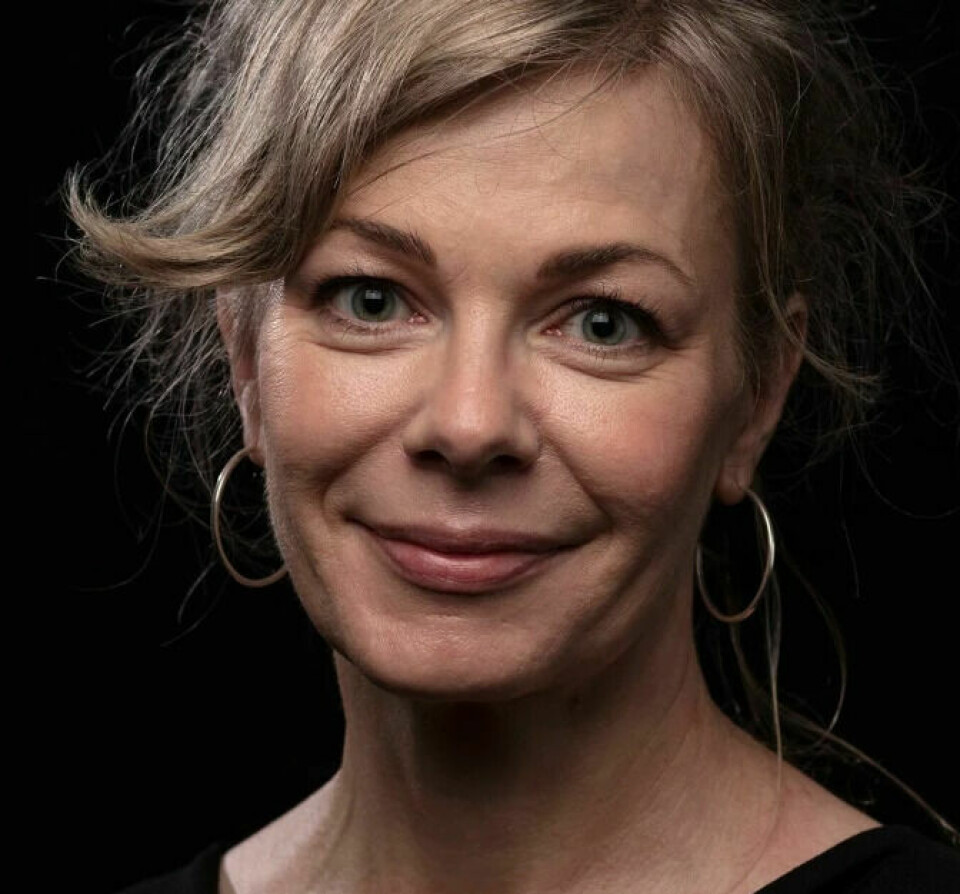
While a Buddha figure did surface in archaeological excavations in Sweden, it does not resemble the figure on the bucket.
The technique used on the metal is not Norwegian, archaeologist Sigurd Grieg wrote in his extensive work on the Oseberg find from 1928. The craftmanship is of such high quality and does not resemble things typically made in Norway.
“The figure is Celtic. It was likely made by monks in monasteries in what is now Ireland and England,” Aannestad says.
She has completed her doctorate on imported objects to Norway in the 9th century.
Determining the exact origin of the bucket and the figure, as well as their creators, is not a straightforward task.
Much older than the grave
The monks moved from monastery to monastery, each with workshops where they crafted similar items.
“The geometric patterns are typical of this period in the British Isles,” Aannestad says.
The bucket is approximately a hundred years older than the burial mound. But archaeologists do not know when it arrived in Norway or how.
“The Vikings plundered Irish and English monasteries. They may have found the bucket there,” Aannestad says.
Often, these raiders would seize valuable fittings from buckets and containers, repurposing them, including transforming them into jewellery.
“We’ve found such jewellery in women's graves,” she says.
But the Buddha bucket was brought home in its entirety, suggesting it might have been a gift.
The Vikings were also involved in import and export, and they formed alliances with the elite in various countries.
“We know that children from Norwegian royal families were sent to be raised by British kings. The elites mutually benefited from these relationships,” she says.
Sacrificed to the gods
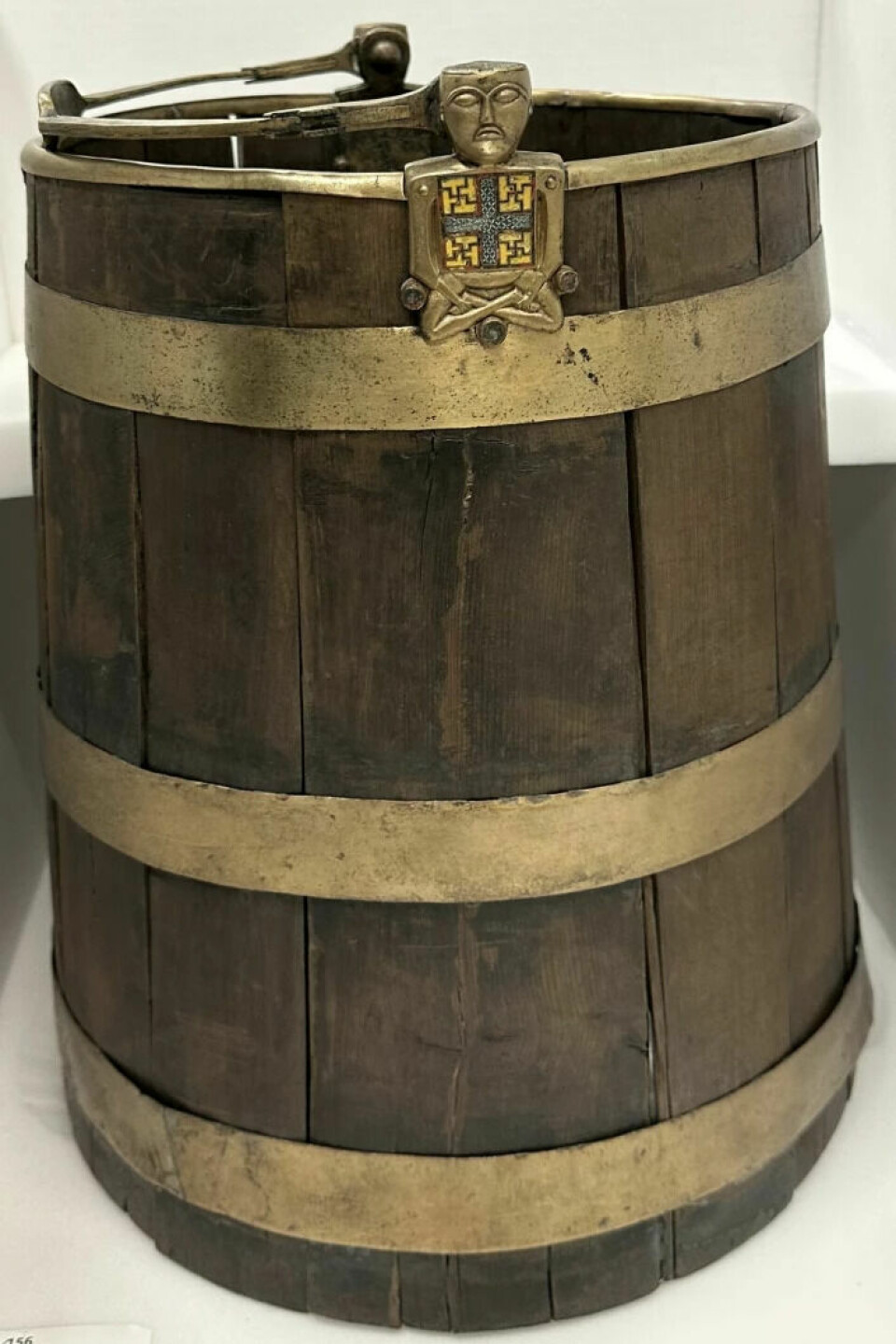
The male figure is seated with crossed legs, wearing a frozen, sorrowful expression.
What it is supposed to represent is uncertain, but one theory suggests it depicts an ancient ritual.
Several hundred years earlier, according to Roman sources, young noblemen were sacrificed to the gods to intercede on behalf of the living. These men sat in the lotus position when they were killed and subsequently mummified.
“The figure dates back to the 8th century. At that time, the Celts did not practice of human sacrifice. The British Isles had long since converted to Christianity,” Aannestad says.
However, it’s possible that the stories of pagan rituals persisted and transformed into decorative figures on buckets and containers, much like how we use motifs from the Viking era for decoration today.
The figure on the bucket is not the only one of its kind.
A similar figure was also discovered in Nordfjordeid in Western Norway. He is called the Myklebust man and was seated on a copper pot filled with bones and ashes from a human.
A third Celtic figure was found in Lindesnes, Southern Norway, also attached to a vessel.
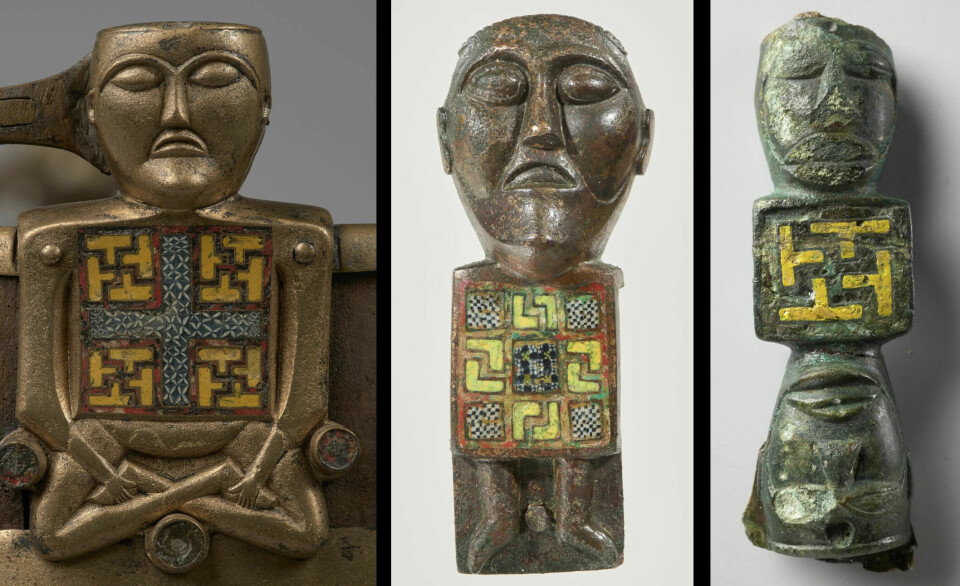
Toxic bucket
Several of the buckets in the Oseberg ship were filled with food, serving as provisions for the two women on their journey to the gods. But here again, the Buddha bucket is special.
The bucket was empty.
“Yew is toxic. The bucket is therefore not suitable for storing food or water,” Aannestad says.
Charlotte Sletten Bjorå, a plant researcher at the Natural History Museum in Oslo, adds that fatalities from yew poisoning are uncommon but do occur occasionally.
“I wouldn’t have made a bucket from toxic wood,” she says.
According to the Poetic Edda, a collection of poems from the 13th century, yew was used to make bows.
“The tree grows slowly, making it both strong and durable. It has also been used in sleds and for hayracks, lasting for generations,” Bjorå says.

Robbers created chaos
After the women had lain in the burial mound for 100 years, thieves broke in.
They entered the actual burial chamber, with the skeletons and personal belongings.
“The thieves rummaged through beds and chests in search of valuables. They created chaos. It is therefore impossible to determine how the items were originally arranged in the burial chamber,” Aannestad says.
With this theft in the year 953, the most valuable items from the grave vanished. Perhaps also the contents of the bucket?
Similar figures have been found on a bronze bucket in a grave in England. This bucket was filled with coins.
Becomes a symbol of the new Viking Age Museum
The UK did not share the same tradition of interring the deceased in burial mounds alongside equipment and objects. The Buddha bucket is therefore also of interest to British researchers.
“But there, they have illustrated scriptures that we can compare with. And we recognise the style,” Aannestad says.
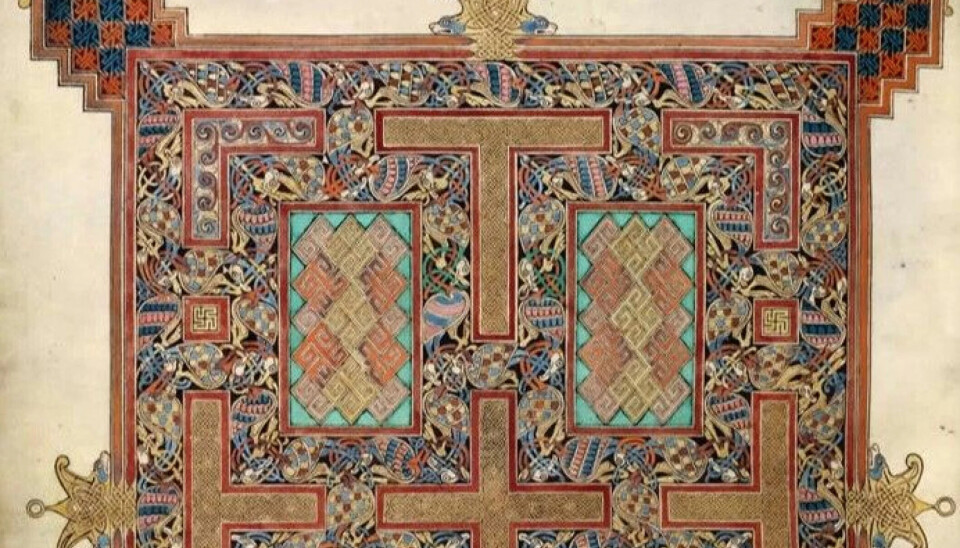
The figure on the bucket will now become one of the iconic symbols of the new Viking Age Museum, scheduled to open in 2026.
There are several reasons for this.
The bucket tells the story of the contact between Vestfold and the British Isles during the Viking Age.
“Besides, the face is so fascinating, and its exceptional preservation adds to its suitability as a good icon,” Aannestad says.
———
Translated by Alette Bjordal Gjellesvik
Read the Norwegian version of this article on forskning.no









